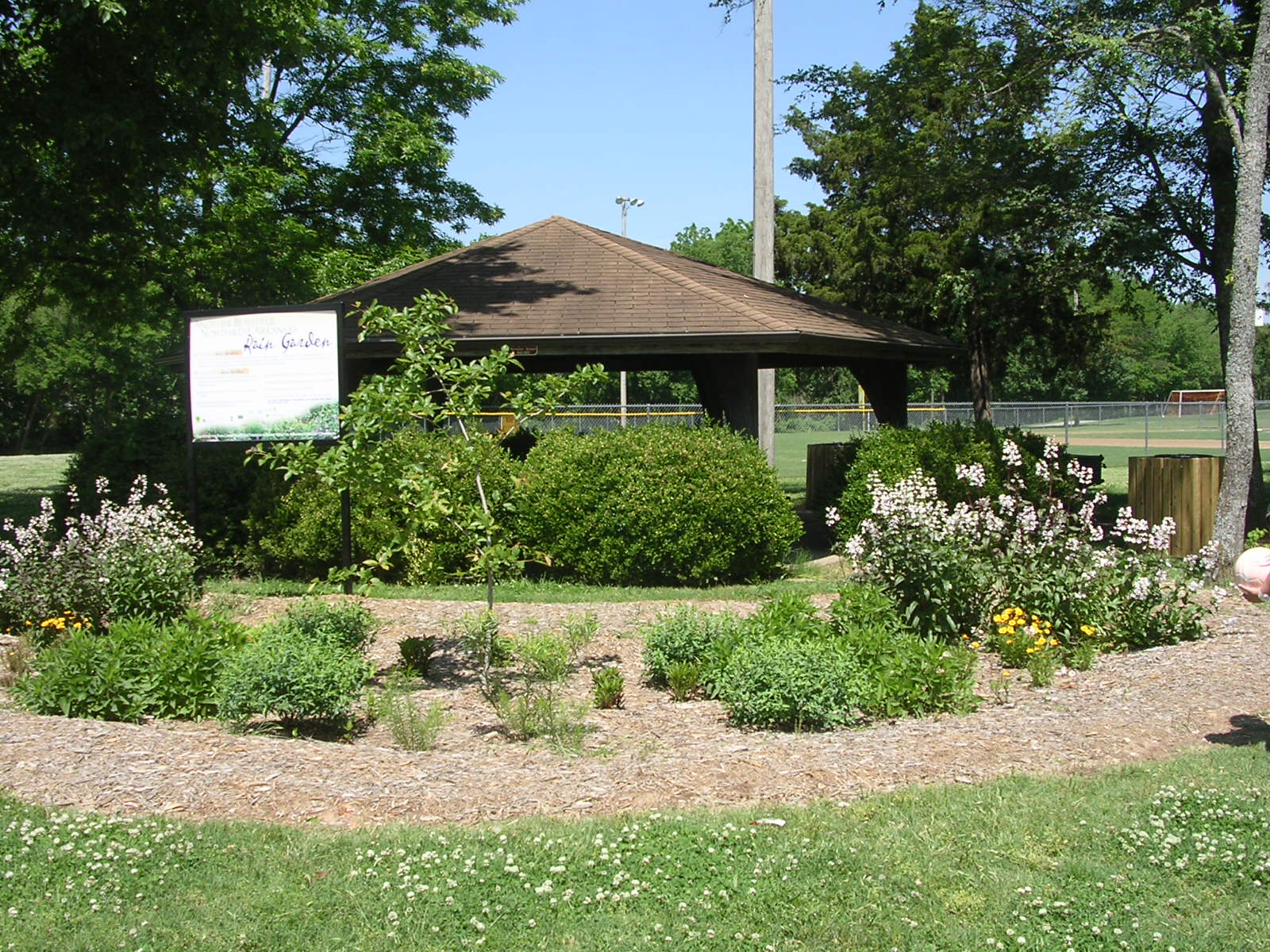May 13, 2020
Free webinar teaches do-it-yourself rain gardening basics
By Tracy Courage
U of A System Division of Agriculture
Fast facts
- Free webinar teaches benefits of rain gardens, green infrastructure
- Register at https://uaex.uada.edu/raingarden
- Raingardens filter stormwater, provide pollinator habitat, help recharge groundwater
(288 words)
(Download this story in MS Word format here.)
LITTLE ROCK — Rain gardens can be a relatively easy feature for homeowners to add to their landscape, with benefits that extend far beyond the backyard.
These landscape depressions help slow the amount of stormwater runoff and also provide a natural pollinator habitat. With a little imagination and creativity, they can also be an attractive addition to your landscape.
The University of Arkansas System Division of Agriculture will host a free webinar on rain gardening and green infrastructure on May 29, from 10:30-11:30 a.m. Participation is free, but registration is required. Register at https://uaex.uada.edu/raingarden.
John Pennington, water quality instructor for the University of Arkansas System Division of Agriculture Cooperative Extension Service, will explain how to create a rain garden, how they work, which plants are best suited for rain gardens and why rain gardens are a beneficial component of green infrastructure in landscapes.
The webinar will also provide an introduction into green infrastructure, an approach to community development and landscape management that filters stormwater runoff and protects, restores or mimics the natural water cycle.
Green infrastructure solutions are used on many scales, from landscaping to regional development, Pennington said. At the local level, green infrastructure practices include rain gardens, bioswales, permeable pavers, green roofs, green walls and rainwater harvesting systems.
On a larger scale, the connection, preservation, integration and restoration of built and natural landscapes such as parks and trails, forests, floodplains and wetlands are beneficial components of green infrastructure.
The webinar is part of an Expanding Green Infrastructure grant funded by the Arkansas Division of Natural Resources and the U.S. Environmental Protection Agency.
To learn about extension programs in Arkansas, contact your local Cooperative Extension Service agent or visit www.uaex.uada.edu. Follow us on Twitter at @AR_Extension.
About the Division of Agriculture
The University of Arkansas System Division of Agriculture’s mission is to strengthen agriculture, communities, and families by connecting trusted research to the adoption of best practices. Through the Agricultural Experiment Station and the Cooperative Extension Service, the Division of Agriculture conducts research and extension work within the nation’s historic land grant education system.
The Division of Agriculture is one of 20 entities within the University of Arkansas System. It has offices in all 75 counties in Arkansas and faculty on five system campuses.
Pursuant to 7 CFR § 15.3, the University of Arkansas System Division of Agriculture offers all its Extension and Research programs and services (including employment) without regard to race, color, sex, national origin, religion, age, disability, marital or veteran status, genetic information, sexual preference, pregnancy or any other legally protected status, and is an equal opportunity institution.
# # #
Media contact:
Tracy Courage
Director, Communications Services
U of A System Division of Agriculture
Cooperative Extension Service
(501) 671-2126
tcourage@uada.edu
